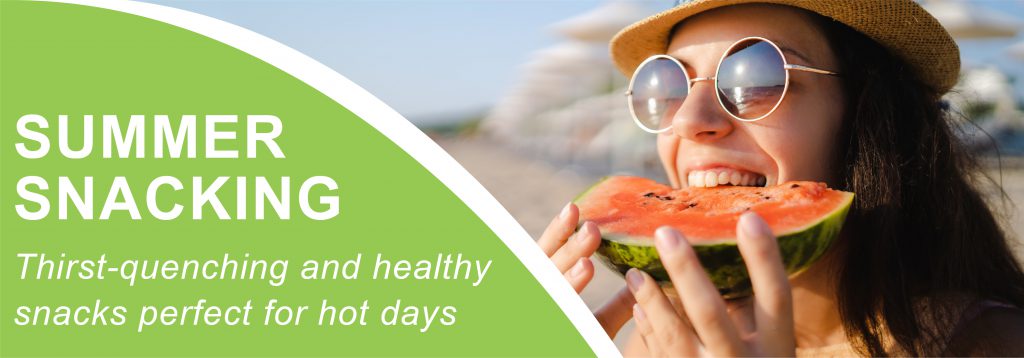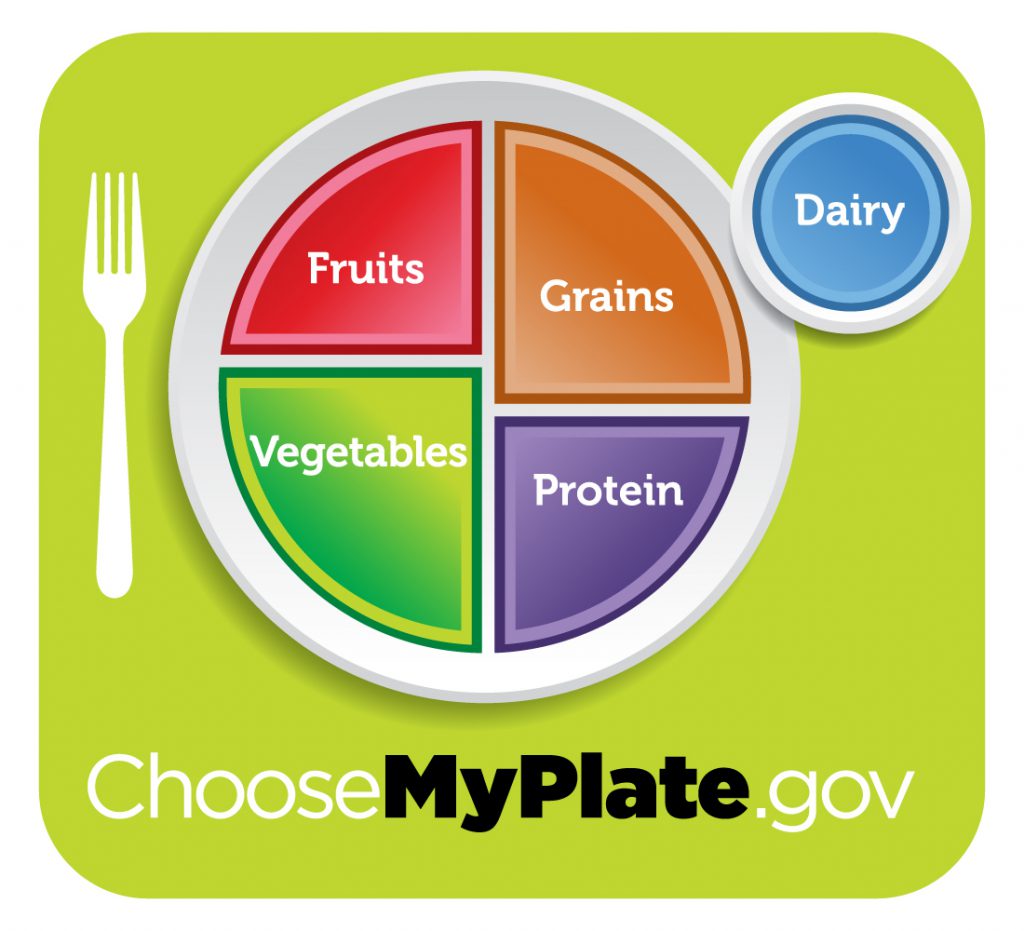
Thirst-quenching and healthy snacks perfect for hot days
We’re entering the final weeks of summer and no doubt soaking up as much time outside as we can before temperatures fall. All that time outdoors mean sweating which may put you at risk for dehydration, vitamin and mineral deficiencies, as well as skin sensitivities. Eating fresh, in-season fruit is a great way to combat the effects of summer heat. Try one – or several – of these picks next time you head out(side).
- Watermelon: 90% water means it’s great for hydrating. Watermelon is also high in cramp fighting potassium, lycopene and immune-booster gluathione.
- Grapes: At 90% water, grapes are the perfect summer snack. They are also a great source of vitamin K and manganese. Plus, with a bit of fiber, they keep you feeling full.
- Blackberries: This powerhouse of a fruit contains a lot of polyphenols, chemicals that can help cut inflammation that leads to heart disease. They also help your lower intestine break down sugar which could lower your odds of developing type 2 diabetes.
- Bananas: Before you go bananas working out, be sure you have a banana on hand. They can help your body recover from tough workouts, and some cyclists said having a banana before they ride helped them go faster and recover faster than those that only had water.
- Pistachios: Rich in protein, fiber, and vitamins and minerals, this small, but mighty snack is also high in antioxidants and may help with inflammation. Plus, about 20 of them is only around 80 calories and less than a gram of saturated fat. You may even burn a couple calories cracking them open!
- Lemons: Not just a pretty garnish, lemons and limes are packed with antioxidants like vitamin C and flavonoids. Try one in your next glass of water.
- Kiwis: This little fruit is mean, green, germ-fighting machine! Rich in vitamins C, E and K, high in fiber and contains lutein which may protect eyes from some diseases. Like the banana, the kiwi also has some potassium, a must have for heart, muscles, nerves and more.
- Strawberries: This summer staple if full of vitamin C, fiber, antioxidants and folic acid.
- Blueberries: When it comes to antioxidants, this is a blue-ribbon berry. They give the digestive system a boost, with up to 14% of your daily fiber intake and contain vitamin c you need to promote healing and give your immune system a boost.
- Peaches: You’ll feel peachy after you have one. A single peach can give you 10% or more of the vitamin C you need each day. A great way to boost your immune system and help your body’s ability to heal.
- Pineapple: This fruit tray favorite is full of vitamin C, has some fiber to help your digestive track, bromelain, an enzyme that may ease inflammation, and manganese for muscle tone and bone health. Plus, one cup contains only 82 calories!
- Avocados: Another great source of potassium. Avocados are full of heart-healthy fats and fiber, vitamins
- Cherries: Delicious as they are healthy, grab a bag of cherries and you’ll get the anti-inflammatory effects of the antioxidant quercetin. Not to mention, help kill cancer cells, control blood sugar and help prevent heart disease.
- Cantaloupe: Sliced, cubed or blended into a smoothie, the cantaloupe is rich in potassium, vitamin C and beta-carotene. Chilled, it’s the perfect summer afternoon treat.
Interested in learning more about how your diet impacts your health? IHA offers nutrition counseling services at many practice locations. Nutrition counseling is provided by IHA nutrition specialists/registered dietitians. Their expertise can provide you with the necessary knowledge to achieve all your individual and family dietary needs.
Learn more by contacting IHA Primary Care.


